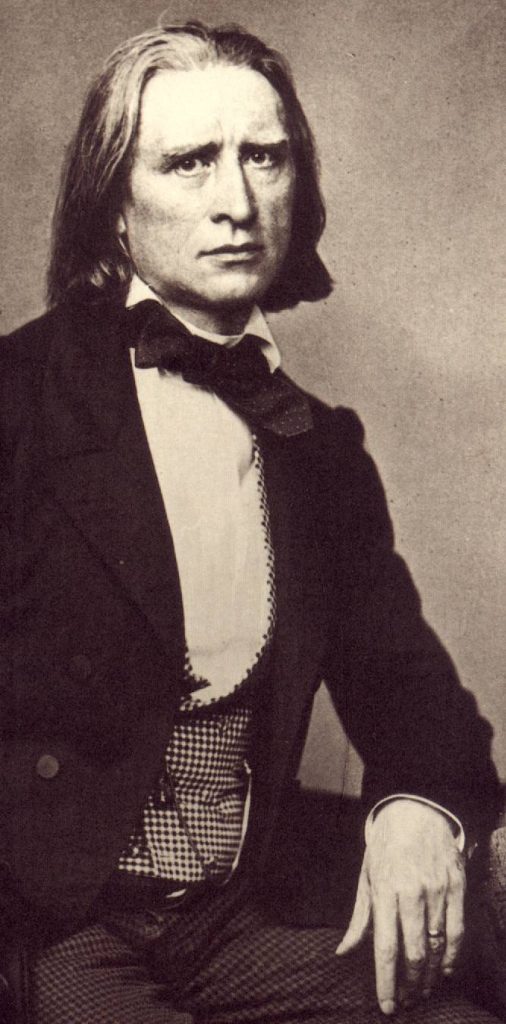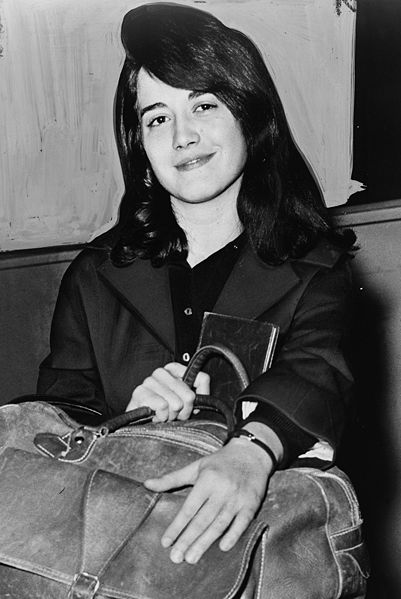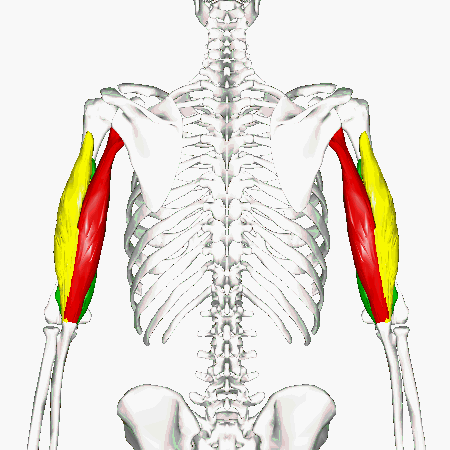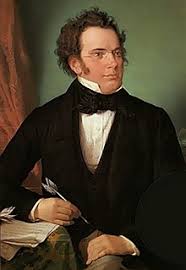Title of paper under discussion
Secrets of virtuoso: neuromuscular attributes of motor virtuosity in expert musicians
Authors
Shinichi Furuya, Takanori Oku, Fumio Miyazaki & Hiroshi Kinoshita
Journal
Nature, Scientific Reports 5, 15750 (2015)
Link to paper (free access)
Overview
Numerous studies have investigated the ‘superior motor skill’ of musicians compared with non-musicians. But how about musicians as a group – what makes one musician more dexterous than another? The authors of this paper chose to investigate pianists, choosing as a measure of ‘virtuosity’ their ability to play repetitions of a minor sixth dyad (E3 and C4) as quickly as possible. After measuring various characteristics (neuromuscular, anatomical, training background) of each pianist in the study, and comparing those levels with that of ‘virtuoso’ ability, the scientists identified two characteristics that predict such an ability: 1) the rate at which a pianist can tap a single finger and 2) the strength of a pianist’s elbow extensor muscles (e.g. triceps). Intriguingly, neither the age of starting piano tuition nor the amount of practice achieved before the age of twenty predicted such ‘virtuosity’. And those pianists with the strongest ‘power grip’ were the least likely to demonstrate such ‘virtuosity’ at a piano dynamic.

Introduction
Musical virtuosity is not, our authors suggest, measurable by ‘simple motor tasks’ such as single-finger tapping because such tasks don’t involve the type of coordination of movement ‘across multiple joints’ needed for complex pianistic technical execution. Hence the research team chose as a measure of ‘virtuosity’ the speed at which a pianist could repeatedly play a minor sixth dyad (two fingered chord), and invited 24 pianists to take part in their experiment.
Before determining each pianist’s ‘virtuosity’ they carried out a series of assessments on that player, measuring various neuromuscular and anatomical characteristics, as well as interviewing them to find out their piano learning history.
When all these data were collected across all 24 pianists the scientists were in a position to look for correlations – did certain characteristics of a pianist seem to ‘predict’ virtuosity?
Many different characteristics needed to be assessed – each arm joint contributes in a different way to finger action, so the motor agility and strength of each individual ‘body portion’ in the right arm (e.g. wrist, shoulder etc) were measured.
Also, the authors point out, the need for dynamic (loudness) control at the piano means that unlike, for example, ball-throwing or sprint-running, muscular strength may not necessarily determine maximum speed of movement. Hence the ‘virtuosity’ measure was carried out at four different dynamics: forte, mezzo-forte, mezzo-piano and piano.

Method
Led by Shinichi Furuya from the Sony Computer Science Laboratories in Tokyo, our team of researchers invited 24 right-handed pianists, aged 19 to 50 and including 11 international piano competition prize winners, into their laboratory. The experiment was split into in two stages: 1) assessment of ‘characteristics’ (neuromuscular, anatomical and training history) followed by 2) assessment of ‘virtuosity’.
Assessment of ‘characteristics’
Each pianist was asked their age, their starting age of piano playing and accumulated practice hours up to the age of twenty. Hand span was measured (thumb tip to little finger tip outstretched) with a ruler. Muscular strength of each of four joint movements (flexion/extension of middle finger, wrist, elbow and shoulder) in the right arm was measured using a force transducer (with non-relevant joints splinted and velcro-ed up in ‘piano-playing position’), together with right hand power grip. The maximum tapping rate of finger, wrist and elbow were also measured via a force transducer, with the other two joints in that group splinted in turn to ensure a reading from the relevant joint only.
Assessment of ‘virtuosity’
With each pianist’s ‘characteristics’ assessment complete, ‘virtuosity’ measurements then began, with each participant invited “to strike two piano keys (E3 and C4) of an upright acoustic piano (YAMAHA U-1) with the thumb and little fingers simultaneously and repetitively as fast and accurately as possible at four loudness levels [forte, mezzo-forte, mezzo-piano and piano].” The authors explain: “We chose the repetitive chord keystrokes because this task is frequently used in virtuosic musical pieces, and we previously confirmed the involvement of all joints of the upper limb during this task.” The maximum rate of each pianist’s keystrokes at each dynamic was recorded using a high-speed camera.

Results
One of the first, and least surprising, correlations to emerge from the data was the relationship between dynamic and maximum rate of keystroke: louder dynamics allow for a faster rate of keystroke.
The scientists were keen to discover whether the pianists achieving a faster rate of keystroke were sacrificing rhythmical evenness (compared with their colleagues) in so doing. Analysis showed no such speed-accuracy tradeoff.
Muscular strength did not generally correlate with ‘virtuosity’ except for:
1) elbow extension – the pianists with stronger elbow extensors (e.g. triceps muscle) tended to achieve faster E3-C4 repetitive keystroke rate at the dynamics of piano, mezzo piano and mezzo forte
2) grip force – the pianists with stronger grips were least likely to demonstrate a quick E3-C4 repetitive keystroke rate at the dynamic of piano.
Regarding another characteristic, the ability to tap quickly, this correlated positively with ‘virtuosity’ (the ability to achieve a fast E3-C4 repetitive keystroke rate), but only when it was tapping from the finger joint (with elbow and wrist splinted immobile); and this correlation held at all dynamics. In contrast, quicker tapping from the wrist (with finger and elbow immobile) or the elbow (with wrist and finger immobile) did not correlate with higher ‘virtuosity’.
Perhaps as interesting were the characteristics that did not correlate with ‘virtuosity’ at any dynamic; hand span, starting age of piano playing, or accumulated hours of piano practice before age twenty were not significant according to this particular study.

Discussion
The finding that the pianists able to tap quicker with a single finger were more likely to display higher ‘virtuosity’ (a faster E3-C4 repetitive keystroke rate) was perhaps unsurprising – it implied, according to Furuya, “a shared motor control mechanism between these tasks”. It is interesting that the wrist and elbow tapping rates did not correlate with ‘virtuosity’, suggesting “no predominant role of the ability to move these proximal joints quickly in the production of fairly fast multi-joint piano keystrokes.”
As regards muscular strength: why, the authors wondered, might stronger elbow extensors help achieve a quicker repetitive E3-C4 keystroke? They propose two reasons:
1) that at quicker tempos, gravity per se is not adequate to achieve the elbow extension for the fingers to strike the keys – the elbow extensor muscles need to be deployed to effect the necessary fast cyclical arm movements.
2) the quick joint actions used in ‘virtuosity’ also cause reactions from adjacent joints in the arm; these reactive movements need compensation, and elbow extensor muscles are good compensators.
When the dynamic reaches forte, the authors note, this strategy of using elbow extensors to achieve quick repetitive keystrokes becomes more ‘costly’, with the moment of inertia and reactive forces becoming too great to manage; finger flexion therefore becomes more relevant in effecting a quick repetitive keystroke at this louder dynamic.
The scientists also suggest a reason why pianists with stronger grips seem to find quick repetitive keystrokes more difficult in piano: achieving an even dynamic is more difficult in piano compared with forte, and necessitates a ‘stiffening’ of joints to achieve greater consistency of keystroke force. This stiffening comes at a cost, impeding the production of fast movements; hence the stronger the hand grip, the scientists argue, the more compromised is the ability to play fast repetitive keystrokes at a quiet dynamic.
To sum up, this paper suggests that when comparing pianists against other pianists, genetic make-up – strength of triceps for example – might affect a particular aspect of virtuosity, namely the ability to play a fast E3-C4 repetitive keystroke, more than mere practice does. They conclude that: “Strength training of the elbow extensor muscles may be an effective method for performers and teachers to achieve faster playing.”

Coda
‘Ungeduld’ by Franz Schubert (1797 – 1828)
Fritz Wunderlich, tenor
Hubert Giesen, piano.